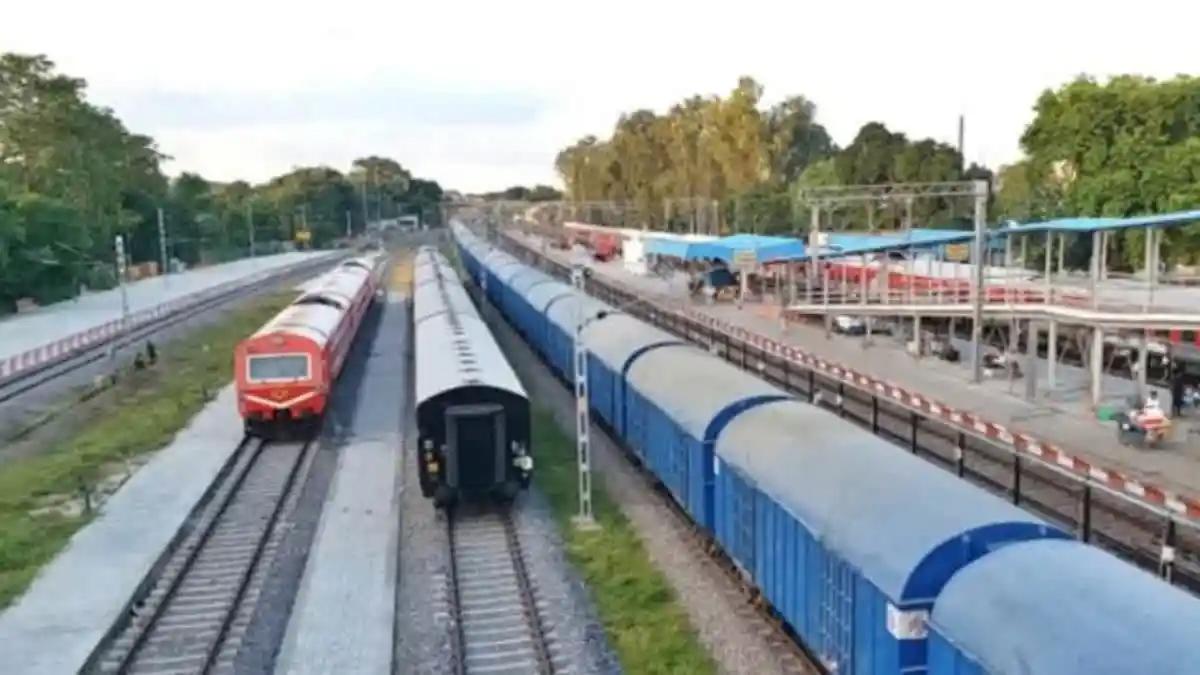A recent trial conducted by the North Central Railway's Agra Division to test the efficiency of the anti-train collision system, Kavach, has shown promising results. The trial involved fitting the Kavach system on a semi-high-speed engine (WAP-5) and operating it at 160 kmph on the Palwal-Mathura section. The system, developed by the Research Designs and Standards Organisation (RDSO), automatically applies brakes in case of an emergency when a train driver fails to act in time.
During the trial, the locomotive was not allowed to apply brakes after observing a red signal, and Kavach successfully applied brakes, bringing the train to a halt 30 meters before the signal. The trial, conducted under the supervision of North Central Railway officials, demonstrated the system's effectiveness in enhancing operational safety.
WAP-5 locomotives, capable of pulling passenger coaches at 160 kmph, are used in trains like Shatabdi and Gatimaan Express. The Agra Division plans to repeat the trial on a locomotive with passenger coaches soon. The Kavach system has been deployed on an 80-km stretch between Mathura and Palwal, involving the placement of RFID tags on railway tracks and the installation of stationary Kavach units at various locations. The successful trials at higher speeds contribute to the system's readiness for implementation in semi-high-speed trains.
(With Agency Inputs)
ALSO READ | Thwarted malware attack on e-Hospital services, no data breach: AIIMS
ALSO READ | Govt sources say Railways spent over Rs 1L cr of RRSK funds on safety in five years


















